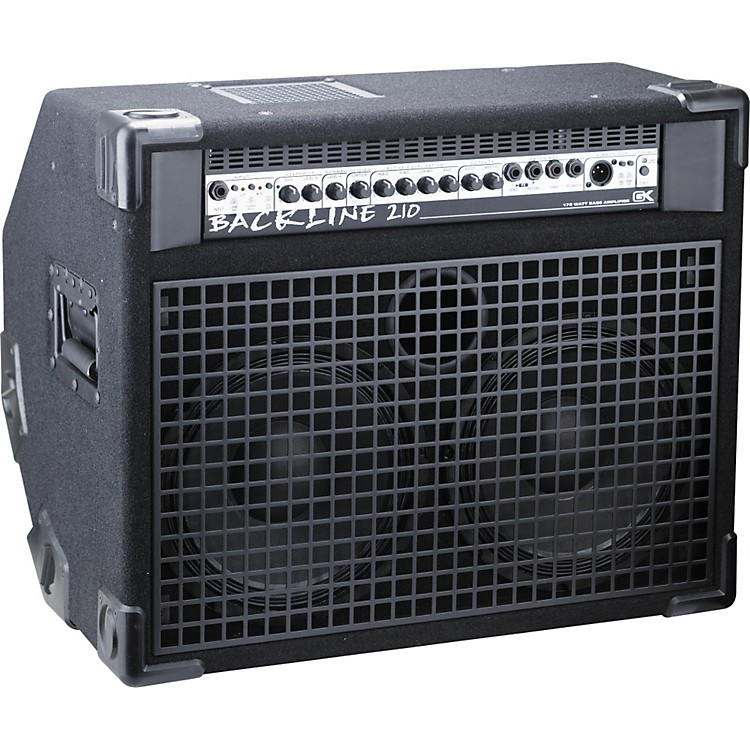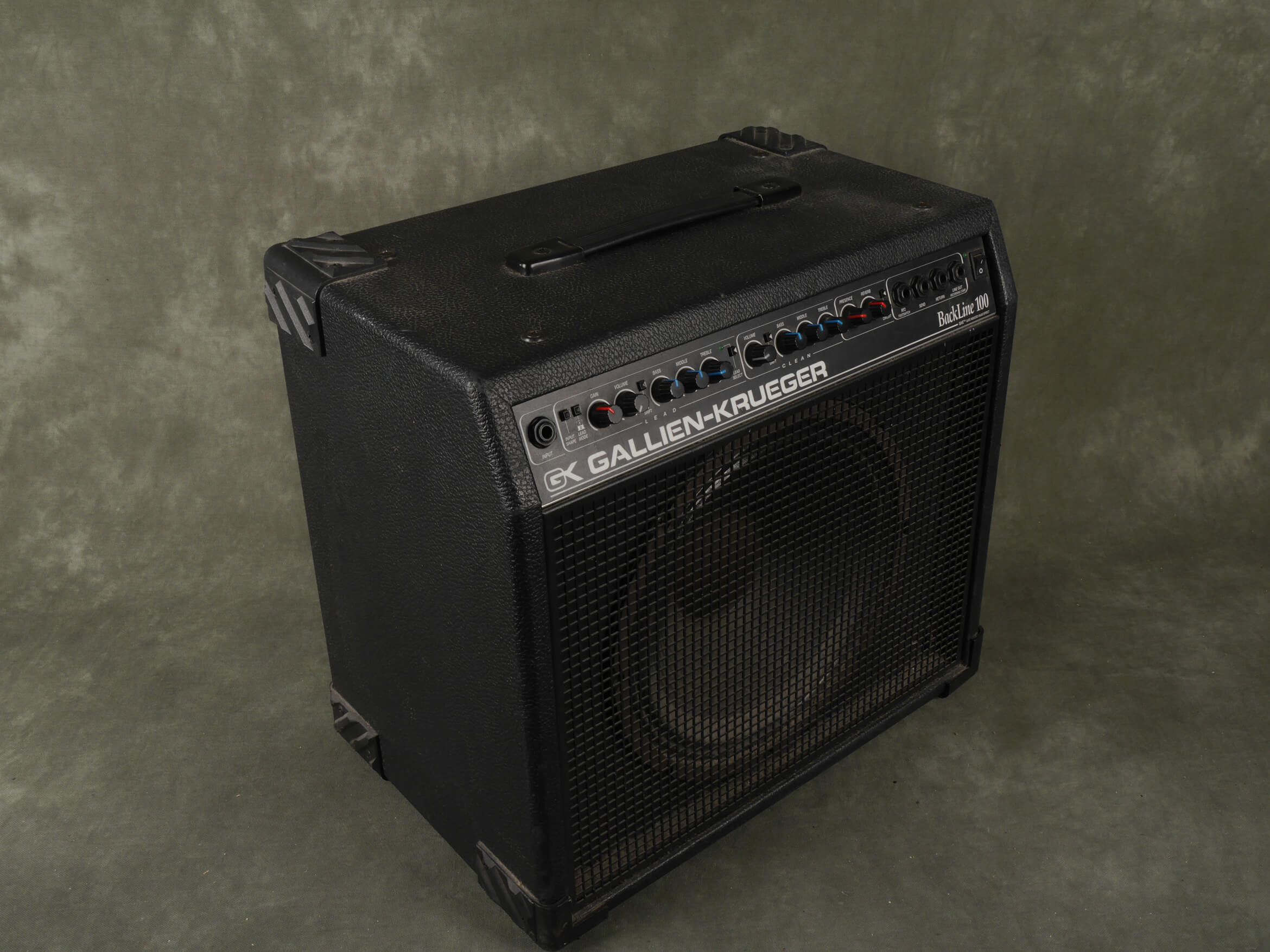

In places where the backline is left in place indefinitely (e.g., in a nightclub's mainstage or a TV variety show studio), the gear may simply be powered down when not in use, and a cloth may be placed over top of the equipment so it does not get dusty. Backline gear that is used heavily will need regular maintenance to ensure that it provides reliable performance.
#BACKLINE AMP PRO#
As such, an emerging band's backline "technical specifications" request as part of its contract may only ask venue managers for general types of equipment, while a top touring band's contract rider may specify, for example, an Ampeg SVT Pro bass amplifier and 8x10" Ampeg cabinet for the bassist and a Fender Bandmaster amp head and a Fender 4x10" speaker cabinet for the electric guitarist.īackline guitar technicians, audio technicians and stage crew set up and put away the backline equipment. An emerging group on its first small club tour will not usually have the negotiating leverage to request specific brands and models of backline gear. Top bands may have very specific backline requirements, including a list of amplifiers and instruments, but also the brand names and model numbers. The Black Crowes at the Hammerstein Ballroom.


#BACKLINE AMP PROFESSIONAL#
Having professional backline gear means that the sound engineers do not have to deal with modest-quality amps, which may have ground loops, hum or noise, or produce unintended clipping when the amp is pushed to its maximum volume. Another issue is that some bands may travel to a country or continent which uses a different type of AC mains power and differently-shaped electric plugs.įestivals and venues provide backline gear because it speeds up the process of changing bands on a stage, because the gear does not have to be moved on and off the stage and then soundchecked again. In some countries, all electronic and electric gear needs documentation and certification by an electrical expert before it can be brought into the country. Many travelling musicians prefer not to transport their own gear across borders and continents for fear of damage or customs hassles. Modern monitoring techniques, in which monitor speakers pointing at the performers are placed on the stage, as well as the concepts of frontline and backline, developed during this era.īackline equipment can be rented for concert tours.

During this era, the backline gear was set behind the PA speakers to create the modern audio stage set-up. This changed over the 1970s and 1980s, as PA systems became powerful enough to amplify all of the band's instruments and the vocals. Guitarists used one or two 4x12 cabinets, referred to, respectively, as a half stack or (full) stack.ĭuring the 1960s, the PA speakers and the band's amplification were all set in a line, which conceptually grouped PA and instrument amplification together. A standard cabinet used by bassists during this era was the heavy 8x10 cabinet, which contains eight ten-inch speakers. To achieve venue-filling sound with their instruments, bands from the 1960s typically used large, powerful guitar "stacks" and big speaker enclosures. As a result, the rhythm section musicians playing electric guitar, electric bass and keyboards were expected to produce enough volume to fill the venue using their own instrument amplifiers. As a result, 1960s rock bands typically used the PA system just for the vocals, even if they were playing at a large venue. In rock music's early days in the early 1960s, PA systems were not very loud or powerful. The main speakers facing the audience are sometimes referred to as " front of house speakers". Speakers placed at the front of the stage facing the performers are also known as monitor speakers or "foldback". Such equipment is often rented or leased by the band or their management, or provided by the venue. The term backline is used in popular music and sound reinforcement system contexts to refer to electronic audio amplification equipment and speaker enclosures that are placed behind the band or the rhythm section on stage, including amplifiers and speaker cabinets for guitars, bass guitars and keyboards. The backline gear, including an 8x10" bass speaker cabinet, drums, and several powerful guitar amps, can be seen behind the two musicians in the front of the stage. Canadian band Bedouin Soundclash performing.


 0 kommentar(er)
0 kommentar(er)
